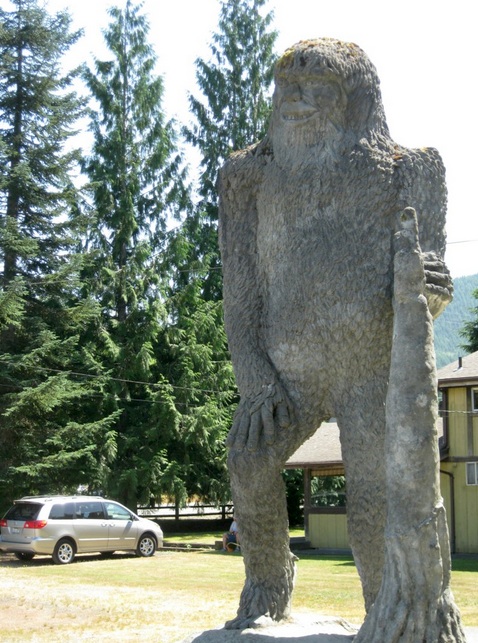- This tool will let you mount image files of hard drive, cd-rom or floppy, and create one or several ramdisks with various parameters. This all-in-one package includes the ImDisk Virtual Disk Driver (2.0.10), the DiscUtils library that extends the number of supported image file formats, and adds several GUIs.
- The hdiutil command given above is correct, however, newer Mac SSDs have a 4096 byte block size and hdiutil defaults to 512 for disk images so if you attempt to mount a 4096 byte block size image it will look like nonsense to the system. Adding -blocksize 4096 to the command will let you work with an image created from a newer Mac. Hdiutil attach -blocksize 4096 -noverify -nomount diskimage.img.

A disk image is a special file that includes data and structure of the physical disk. But to use this virtual copy, you need to mount it first. Mounting is a process that makes a virtual disk – image – available and recognizable by the operating system. After you mount image, Mac OS is able to see the content of the virtual disk and work with it just like with any other physical media. I would like to explain how to mount an image on Mac and how to use the images.
About Mount Image Pro™ Mount Image Pro mounts forensic image files as a drive letter under Windows, including.E01, Ex01,.L01, Lx01 and.AD1. This enables access to the entire content of the image file, allowing a user to: Browse and open content with standard Windows programs such as Windows Explorer and Microsoft Word. Software/Hardware used: Mac OS 10.6. Double-click to mount the image file. In this case I am mounting a.DMG file, a format that is used by Mac developers to distribute their applications. However the same instructions will apply to other image files. You will notice that when the image file is mounted it will appear as a drive on your computer.
To mount a disk image, Mac uses a special utility. With it you can just double-click on the needed image to mount it. However, this application works with a rather narrow range of virtual disk types. If for some reasons the native tool for Mac is not working with your image, then I advise you to install the third-party application – image mounter.
Disk image mounter – Mac program that mounts any types of virtual disks – is a special software that makes an image accessible to the operating system. This operation is similar to the insertion of the ordinary physical disk to the drive. Although to mount image, Mac automatically uses its native tool, I advise you to work with the program that is specially designed for this operation. DAEMON Tools for Mac – a smart and compact tool that 'knows' how to mount a disk image regardless of its type.
How to mount an image on Mac, using DAEMON Tools?
Download and install the program on your computer. DAEMON Tools has a trial period, so during the first 20 days you can use the program for free.
After the program is installed, the images on your Mac are associated with it. Now you can double-click on any image – and it will be mounted. Just after you mount image, Mac OS recognizes it, so you are able to use it just like an ordinary physical disk.
However, I advise you to use the program's interface, because in this case you will be able not only to mount images, but also to organize them.
How to mount a disk image from application window of DAEMON Tools for Mac?
There are several ways of how to mount an image on Mac, using DAEMON Tools. Here are they all:
- In the program window, click Quick Mount button and choose an image file from your Mac:
- In the program window, choose an image that is stored on Images or History tabs and click Mount icon on the toolbar:
- In the program window, select an image from Images or History tabs and choose Mount option in its contextual menu:
- In the program window, select any image from Images or History tabs and double-click on it:
- Click application icon in the menu bar or Dock, choose Mount option and find an image on your computer:
- Click application icon in the menu bar or Dock, open Mount Recent submenu and choose an image from the list. Note that Mount Recent submenu shows only the images that were mounted sometime ago:
- Use the hotkeys that can be set in Preferences.
If you still have questions about how to mount an image on Mac, visit other articles in the blog. For example, you can read about how to mount an audio disk or how to mount an ISO image. Also, feel free to ask any related question in the comments below.
Mac Image Download
| Developer(s) | Apple Computer |
|---|---|
| Stable release | |
| Operating system | Mac OS X |
| Type | Disk image emulator |
| Website | www.apple.com |
DiskImageMounter is the utility that handles mounting disk volume images in Mac OS X, starting with version 10.3. DiskImageMounter works by either launching a daemon to handle the disk image or by contacting a running dæmon and have it mount the disk.
Like BOMArchiveHelper, DiskImageMounter has no GUI when double-clicked; doing so does nothing. The only GUI the program ever displays is a window with a progress bar and mount options (cancel or skip verification) or an error report if it could not mount the image. It is found in /System/Library/CoreServices/DiskImageMounter.app.
Starting with version 10.7, Apple 'removed double-click support for images using legacy metadata.'[1] DiskImageMounter will not be able to open .img (NDIF only), .smi (self mounting), .dc42 (Disk Copy 4.2), and .dart (DART) disk image formats that was previously supported in version 10.6 and earlier.

Image formats supported[edit]
DiskImageMounter supports a variety of disk image file types:[2]
- Apple Disk Image (.dmg, com.apple.disk-image)
- UDIF disk images (.udif, com.apple.disk-image-udif); UDIF segment (.devs, .dmgpart, com.apple.disk-image-udif-segment)
- NDIF disk image[nb 1] (.ndif, .img, com.apple.disk-image-ndif); NDIF disk image segment (.imgpart, com.apple.disk-image-ndif-segment)
- self mounting image[nb 1] (.smi, com.apple.disk-image-smi)
- DVD/CD-R master image (.toast, .dvdr, .cdr, com.apple.disk-image-cdr, com.roxio.disk-image-toast)
- disk image segment (dmgpart)[2]
- Disk Copy 4.2 disk image[nb 1] (.dc42, .diskcopy42, com.apple.disk-image-dc42)
- DART disk image[nb 1] (.dart, com.apple.disk-image-dart)
- raw disk image (OSTypes: devr, hdrv, DDim, com.apple.disk-image-raw)
- PC drive container (OSTypes: OPCD, com.apple.disk-image-pc)
- ISO image (.iso, public.iso-image)
- sparse disk image (.sparseimage, com.apple.disk-image-sparse, .sparsebundle)
Notes[edit]
- ^ abcdMac OS Classic legacy disk image format supported by DiskImageMounter under Mac OS X versions 10.3—10.6[1] As of version 10.9, hdiutil can still convert these formats but unable to open or write them.
References[edit]
- ^ ab'hdiutil(1) Mac OS X Manual Page'. Apple Inc.Archived from the original on June 25, 2014. Retrieved September 3, 2014.
- ^ ab/System/Library/CoreServices/DiskImageMounter.app/Contents/Info.plist
Mount Image Mac Terminal
See also[edit]
- Disk Copy - this program's predecessor.
- hdiutil - command line tool counterpart that ships with macOS
- FastDMG - free alternative replacement for DiskImageMounter

